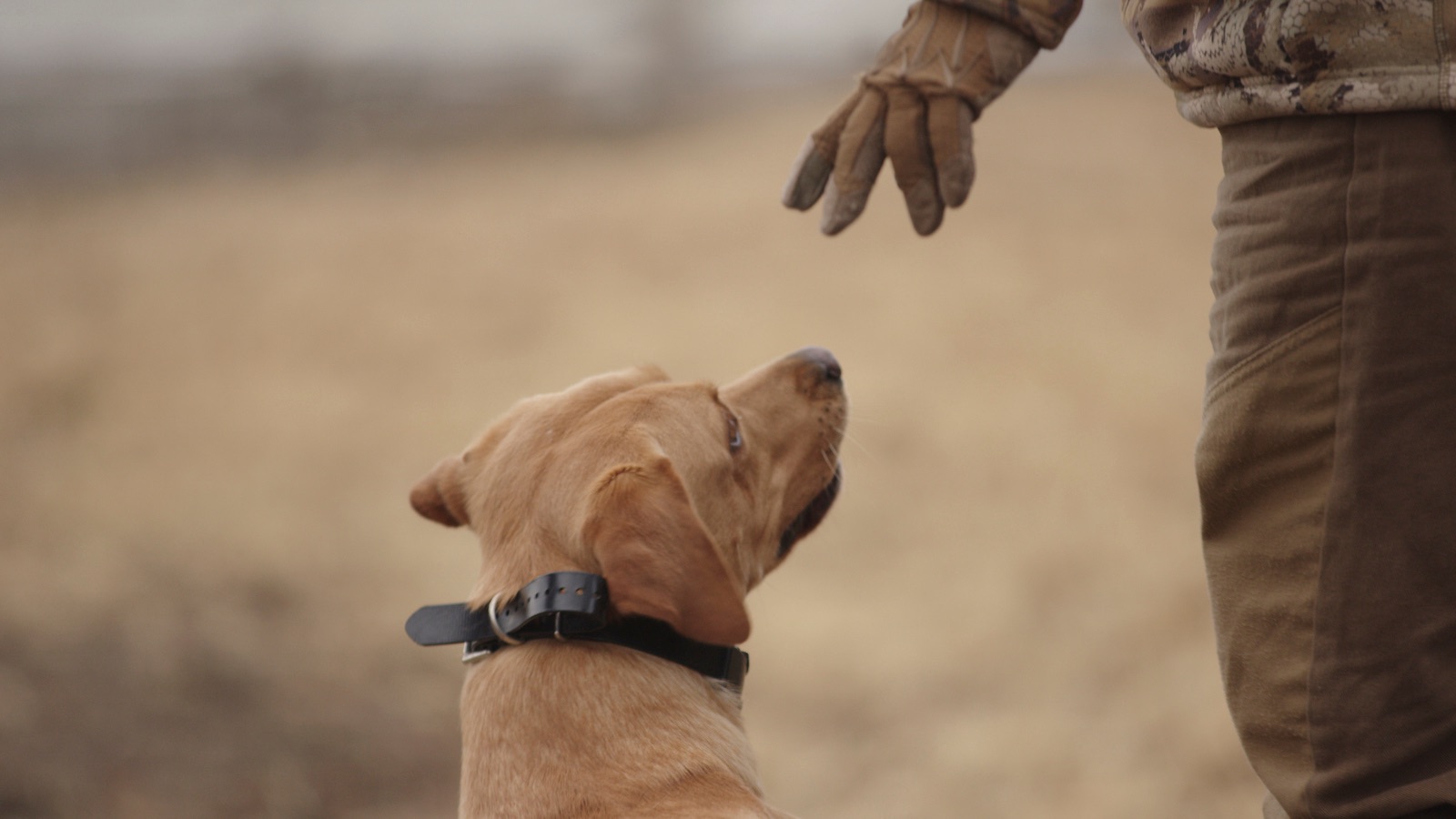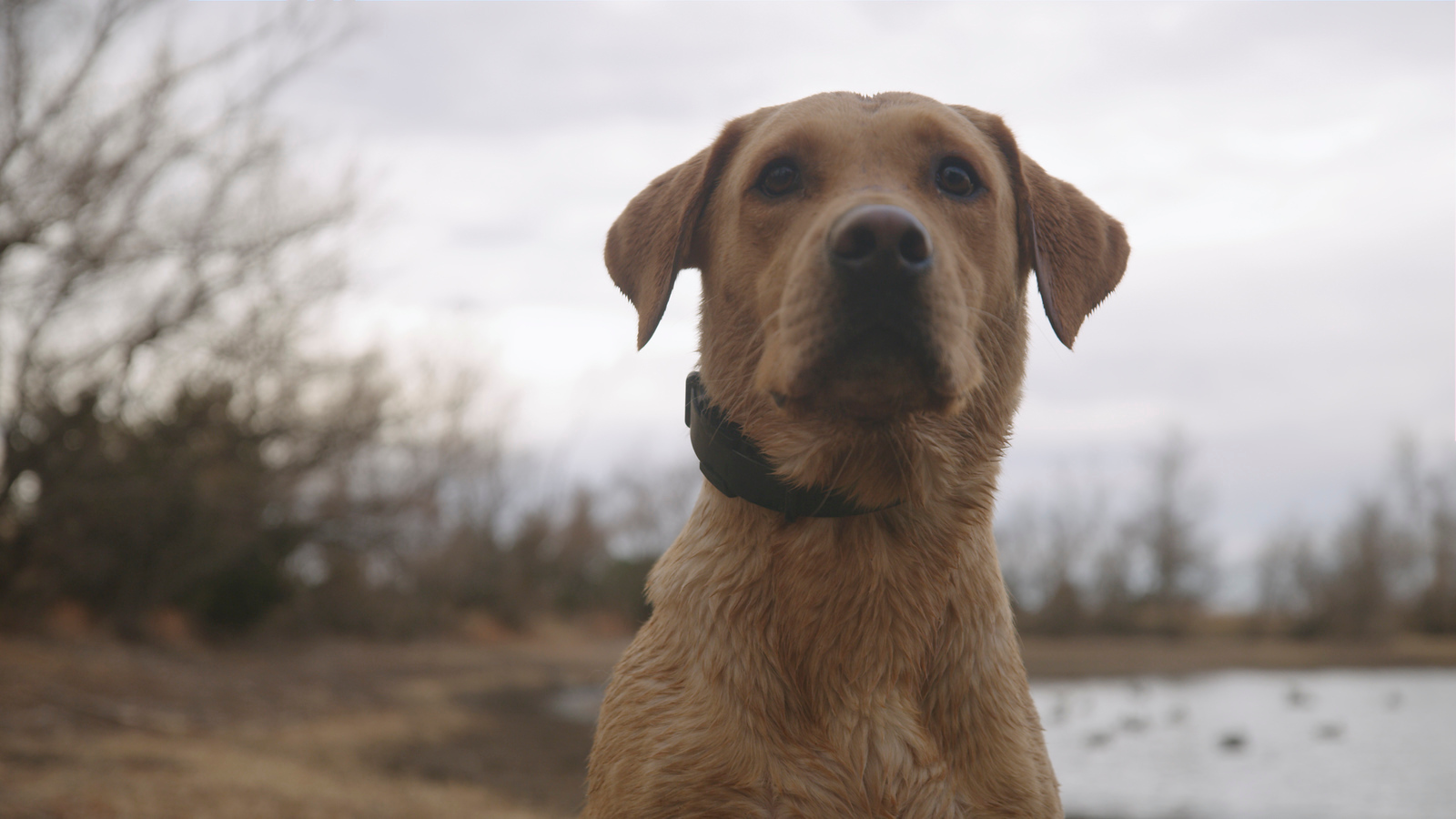What is an E-Collar?

An electric collar (or e-collar) is a type of dog training tool frequently used across various training disciplines. This collar system consists of a remote, held by the trainer, and a receiver attached to a flat collar on the dog’s neck. The receiver is equipped with prongs that transmit either a vibration or a mild electric pulse from the remote. The intensity of the pulse, or "shock," can be adjusted, allowing trainers to choose between a quick pulse (often called a "nick") or a continuous one. Many e-collars also offer an auditory signal, like a beep, to get the dog’s attention. E-collars are battery-operated and typically have a range that exceeds 250 yards.
Over the past few decades, e-collar technology has seen significant advancements. Earlier versions were known for their strong, often painful shocks, but modern e-collars have been refined to offer much lower levels of stimulation, akin to the mild sensation of touching a 9-volt battery. Even at higher levels, the sensation is similar to the light shock experienced in a popular handheld game from the early 2000s.
Some e-collars come with fixed remotes connected to either underground wires or GPS coordinates, commonly referred to as "electronic fences." These are often used to keep family dogs contained within a specific area without the need for a physical fence.
How Are E-Collars Used in Retriever Training?
Retriever trainers often utilize e-collars in two primary ways: for "compulsion" training (negative reinforcement) and "positive punishment." Understanding these terms without the typical emotional connotations is crucial.
-
Negative Reinforcement (Compulsion Training): In dog training, negative reinforcement involves removing something the dog dislikes to encourage a behavior. For instance, when using pressure to reinforce a command, the discomfort is removed once the dog complies. Although this method can be effective, it’s not the approach we emphasize at Cornerstone Gundog Academy. For a deeper dive into the pros and cons of force fetch and compulsion training, check out our "How Your Dog Learns" module.
-
Positive Punishment: This involves adding something the dog dislikes to discourage unwanted behavior. For example, if a dog pulls on a slip lead, the trainer might give a quick upward tug to correct the behavior, encouraging the dog to return to the correct position. Similarly, an e-collar can be used to correct misbehavior at a distance. In the past, trainers employed less refined methods, like shooting marbles from slingshots, to correct dogs from afar. Today, e-collars offer a consistent and humane way to issue corrections from a distance with minimal stimulation.
Teaching vs. Reinforcing/Correcting
A common misconception is that e-collars can serve as a shortcut in duck dog training. While they are valuable for reinforcing and correcting already-taught skills, they are not the best tool for teaching new ones. This is why our program focuses on a "teach-first" approach. Once a skill is thoroughly taught, an e-collar can be used to reinforce it if necessary.
Our training philosophy leverages positive reinforcement and negative punishment, emphasizing rewarding a dog for performing a skill correctly. We aim to harness a retriever’s natural drive and instincts, whether it's a Labrador, Golden Retriever, or any other breed, to build the necessary field skills.
However, not all dogs learn at the same pace. Some may struggle with distractions or challenges in the field, even after learning a skill. For these dogs, an e-collar can be an effective tool to immediately correct misbehavior—provided the correct behavior has already been taught.
This last point is crucial. Punishing a dog for not performing a skill it hasn’t fully learned is counterproductive. Whether the correction comes from a slip lead, verbal command, or e-collar, it’s vital to ensure the dog understands the skill before introducing punishment.
So, When Should I Use an E-Collar?
The answer varies depending on the dog and the situation. Some trainers, myself included, may rarely or never need to use an e-collar, focusing heavily on obedience and extending those skills to greater distances without issue. Others may find it helpful for more independent dogs or when training at distances beyond a check cord’s reach.
In these cases, an e-collar can fine-tune the dog’s performance during the generalization phase of learning. However, introducing an e-collar properly is essential to ensure the dog understands the correction. Simply putting an e-collar on a dog and issuing corrections is ineffective and potentially harmful.
For a comprehensive guide on how to properly introduce and use an e-collar in duck dog training, check out our upcoming E-Collar module.
BuildFromHere,
The Team at CGA







